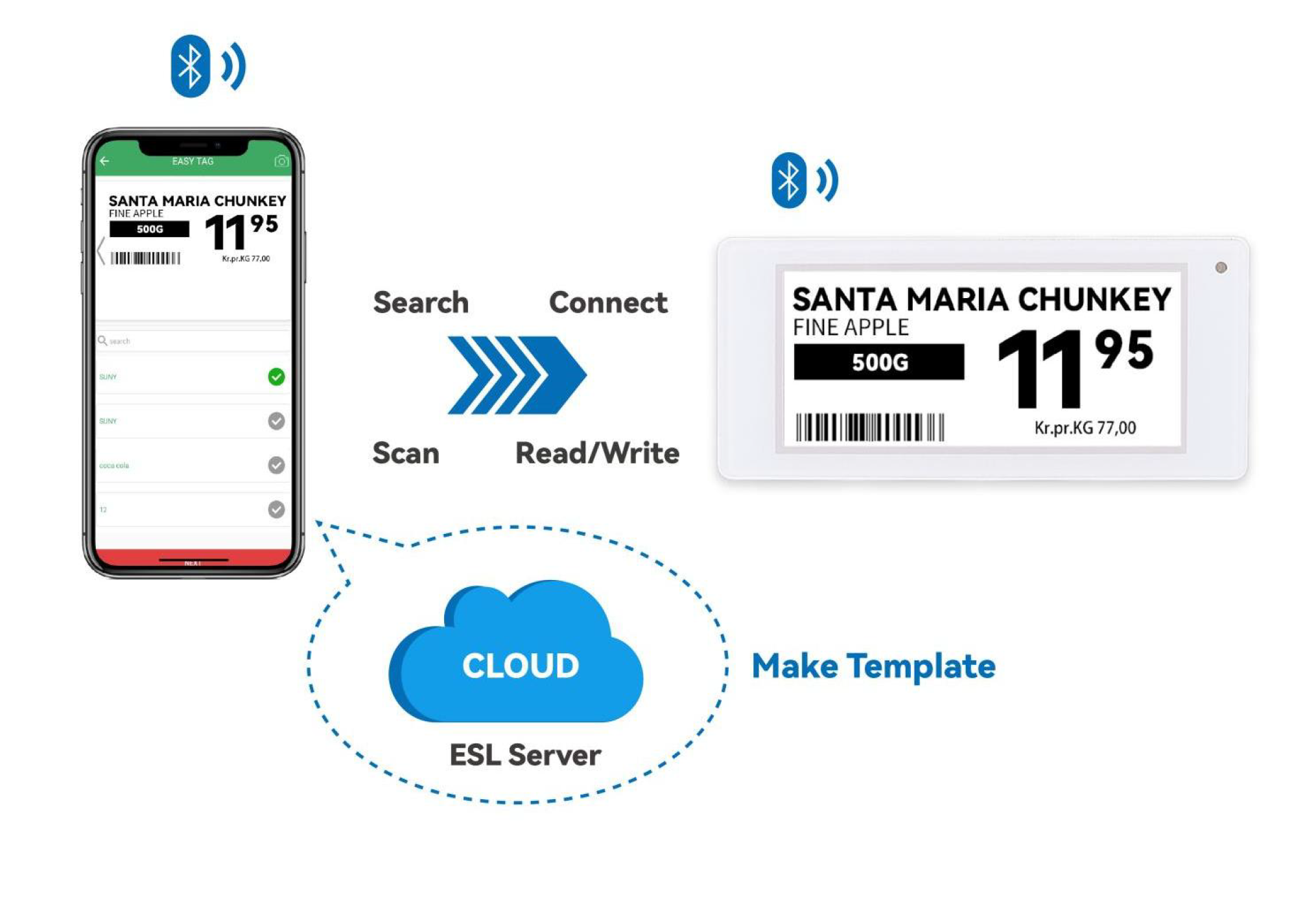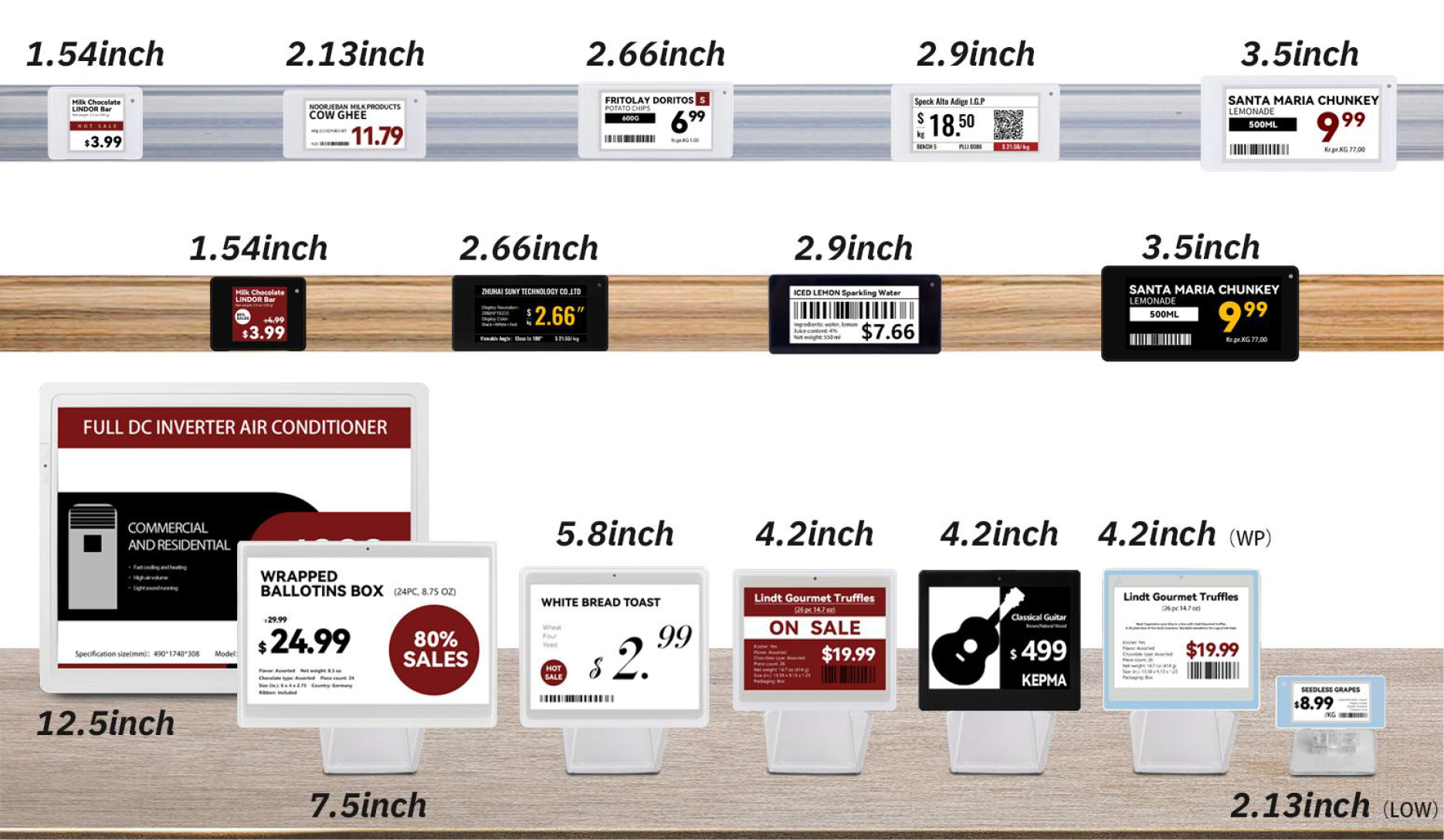
As technology continues to advance, businesses across various sectors are constantly seeking ways to improve efficiency, accuracy, and customer experience. One such innovation is the Electronic Shelf Label (ESL). While ESLs offer numerous benefits, the question many business owners and managers ask is: Are electronic shelf labels worth the investment? In this article, we will explore the advantages, potential challenges, and overall value that ESLs bring to the table.
The Benefits of Electronic Shelf Labels
1. Accuracy and Consistency
One of the primary advantages of ESLs is the significant improvement in pricing accuracy. Manual price tagging is prone to human error, leading to discrepancies between the shelf price and the checkout price. ESLs, connected to a centralized management system, ensure that prices are always accurate and up-to-date, reducing customer complaints and potential legal issues.
2. Operational Efficiency
Automating the price update process can save a considerable amount of time and labor. Store employees no longer need to manually replace paper tags, allowing them to focus on more value-added tasks such as customer service and inventory management. This increase in efficiency can lead to better staff utilization and potentially lower labor costs.
3. Dynamic Pricing and Promotions
ESLs enable businesses to implement dynamic pricing strategies with ease. Prices can be adjusted in real-time based on factors such as demand, competition, and inventory levels. This flexibility allows businesses to maximize revenue and respond quickly to market changes. Additionally, promotional information can be updated instantly, enhancing the effectiveness of marketing campaigns.
4. Enhanced Customer Experience
Accurate and easily readable pricing information improves the shopping experience. Customers can trust that the price they see on the shelf is the price they will pay at checkout. Moreover, ESLs can display additional product information, stock availability, and promotional offers, helping customers make informed purchasing decisions.
5. Sustainability
ESLs contribute to more sustainable business practices by reducing the need for paper tags and minimizing waste. This not only has a positive environmental impact but also aligns with the growing consumer demand for eco-friendly practices.
Potential Challenges and Considerations
1. Initial Investment
One of the main concerns for businesses considering ESLs is the initial cost. Implementing an ESL system involves purchasing the labels, setting up the necessary infrastructure, and integrating the system with existing software. While the initial investment can be substantial, it is important to consider the long-term savings and benefits.
2. Maintenance and Upkeep
ESLs require ongoing maintenance to ensure they function correctly. This includes regular software updates, battery replacements for the labels, and occasional repairs. Businesses need to factor in these maintenance costs when evaluating the overall investment.
3. Integration with Existing Systems
Seamless integration with existing inventory and pricing systems is crucial for the effective implementation of ESLs. Businesses must ensure that their current systems are compatible with the ESL technology and that the integration process is smooth and efficient.
The ROI of ESLs
When evaluating the return on investment (ROI) of ESLs, businesses should consider both the tangible and intangible benefits. Tangible benefits include labor savings, reduced pricing errors, and increased revenue from dynamic pricing. Intangible benefits include improved customer satisfaction, enhanced brand reputation, and alignment with sustainability goals.
Studies and case studies from businesses that have implemented ESLs indicate that the ROI can be significant. For example, retailers have reported labor savings of up to 80% in price tag management and increased sales due to more effective promotional strategies. Additionally, the enhanced customer experience can lead to higher customer retention and loyalty.
Conclusion
Are electronic shelf labels worth it? For many businesses, the answer is a resounding yes. While the initial investment and ongoing maintenance costs are important considerations, the numerous benefits of ESLs often outweigh the challenges. Improved accuracy, operational efficiency, dynamic pricing capabilities, enhanced customer experience, and sustainability are compelling reasons to invest in this technology. As with any investment, it is crucial for businesses to conduct a thorough cost-benefit analysis and consider their specific needs and goals. However, in an increasingly competitive and technology-driven market, ESLs can provide a significant edge and long-term value.

